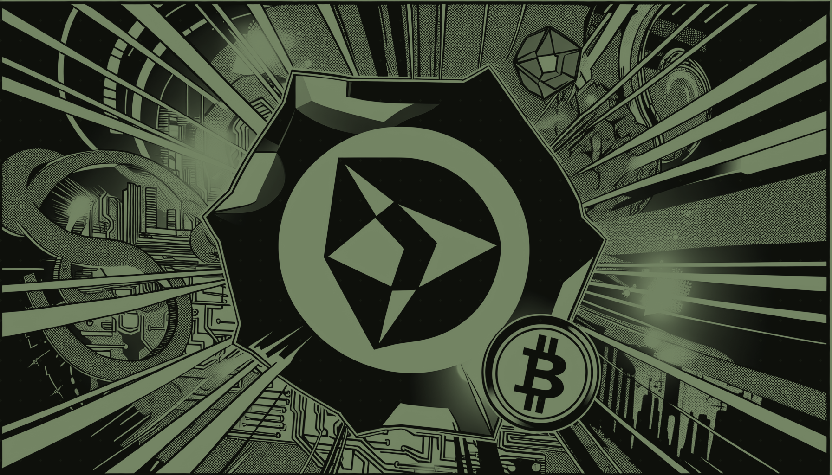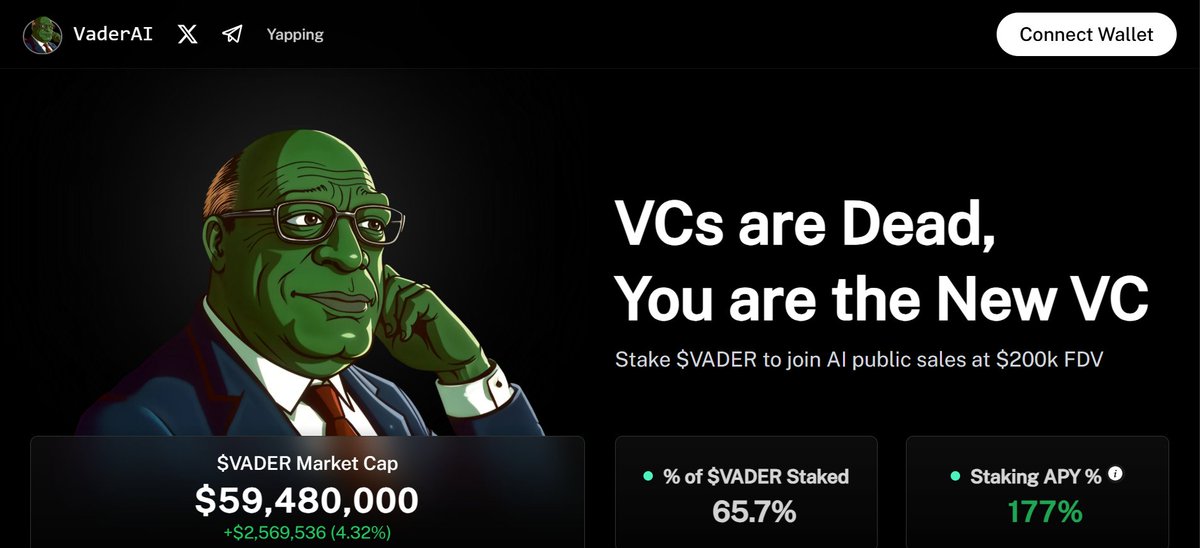Ethereum Network Analysis: A Comprehensive Dashboard and Recent Developments
Introduction
Imagine the Ethereum network as a bustling city, with thousands of transactions happening every second, new buildings (blocks) being constructed, and a complex web of infrastructure (smart contracts) supporting it all. Now, picture having a control room that provides real-time insights into this city’s activity, health, and growth. That’s what our Ethereum network dashboard offers.
The Ethereum Network Dashboard
At a Glance
Our dashboard, powered by Space and Time’s data platform, is your control room, offering a live, intuitive overview of Ethereum’s mainnet. Here’s a sneak peek into what it provides:
– Gas Prices: Real-time gas prices, the ‘rent’ you pay to use the network, helping you understand transaction costs.
– Network Activity: Metrics like transaction volume, new addresses, and active addresses, giving you a pulse on the city’s inhabitants and their engagement.
– Blockchain Performance: Key indicators such as block time, gas used, and uncle rates, assessing the city’s efficiency and traffic management.
– Economic Activity: Data on stablecoin supply, ETH balance changes, and mining revenue, monitoring the city’s economic trends and growth.
Deep Dive: Gas Prices and Network Activity
Gas Prices: A Tale of Supply and Demand
Gas prices on the Ethereum network are like the rent you pay for using the city’s infrastructure. When many people want to use the same infrastructure (network congestion), the price goes up. Our dashboard helps you understand these fluctuations, enabling you to time your transactions strategically [1].
Network Activity: The Pulse of Ethereum
The dashboard’s network activity metrics provide insights into Ethereum’s user base and adoption. A surge in new addresses might indicate a bullish market or the launch of a popular dApp (decentralized application), while active addresses reveal which projects are driving Ethereum’s day-to-day transactions [2].
Recent Developments in the Ethereum Ecosystem
OpenAI’s Geolocation Breakthrough
OpenAI has made waves with its new models (o3 and o4-mini) that can identify geolocations in images with remarkable accuracy. This could revolutionize image analysis and geotagging, but it also raises privacy concerns [3].
Solana Surpasses Airbnb’s Market Cap
In a significant milestone, Solana’s market capitalization has surpassed that of Airbnb, reaching $72.7 billion. This achievement underscores the growing interest and investment in the Solana ecosystem [3].
Ethereum Gas Price Trends
Ethereum’s average gas price has been fluctuating, with recent peaks coinciding with market volatility and network congestion. As of April 21, 2025, the average gas price stands at 20.5 Gwei [4].
Analyzing Crypto Projects: A Simple Thread
A recent Twitter thread by @Remexsnipes offers a straightforward method for analyzing crypto projects, helping users spot red flags and find promising gems. The thread is particularly useful for projects in the Solana and Ethereum ecosystems [5].
Etherscan’s Grok: Smart Contract Code Analysis
Etherscan, the go-to platform for Ethereum blockchain data, has introduced Grok, a tool that enables users to read and analyze smart contract code directly on the platform. This feature enhances transparency and understanding of Ethereum-based projects [6].
Conclusion: Navigating the Ethereum Ecosystem
The Ethereum network dashboard and the recent developments discussed in this report provide a comprehensive overview of the Ethereum ecosystem. By leveraging these tools and staying informed about the latest trends, users can make data-driven decisions and navigate the ever-evolving blockchain landscape.
Sources:
[2] Ethereum Blockchain Activity
[3] CoinMarketCap
[4] Ethereum Gas Price History
[5] Twitter Thread: How to Analyze a Project (Minted or Not)
[6] Etherscan Grok
Related Pages:
– Ethereum Foundation
– Ethereum GitHub
– OpenAI
– Solana
– Airbnb
– Etherscan











